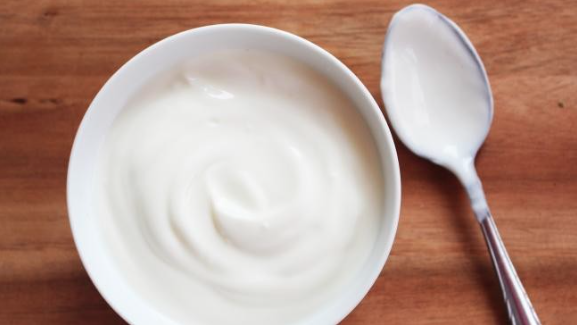Saving nutrients the whey to go

It takes four kilograms of milk to make just one kilogram of Greek yogurt, which means a lot of natural nutrients from milk are not readily being captured, and Australians consume a lot of Greek yogurt.
But Dr George Chen from the University of Melbourne, and a recent finalist in the Fresh Science competition, has created a way he can harvest these nutrients as ingredients for making baby formula, energy bars, drinks and desserts.
When Greek yogurt is produced, a large amount of runny liquid called acid whey is produced as a by-product.
Up until now, this acid whey has not been processed to recover the nutritional components.
But Dr Chen, from the Australian Research Council Dairy Innovation Hub, and his colleagues at the Department of Chemical and Biomolecular Engineering, have worked out a way to separate the different components of the whey, selecting the beneficial parts and leaving behind the unwanted lactic acid to be used to make ingredients for other products, such as baby formula.
Dr Chen said that acid whey is rich in protein, lactose, vitamins and minerals.
“But because of the way that Greek yogurt is manufactured, it is also high in lactic acid," Dr Chen said.
"This makes the normally dry powder quite sticky after processing and the unpleasant taste associated with it, prevents acid whey from being used in other products.”
An electrically driven membrane process has been developed to remove the lactic acid from the whey. Beneficial proteins and lactose can then be extracted for use.
In Australia, more than one hundred million litres of acid whey is generated annually, a figure that is more than eight times higher in the United States.
The new technique provides a way for dairy manufacturers to recover high value ingredients from increasing volumes of acid whey, as well as being a commercial opportunity to maximise returns.